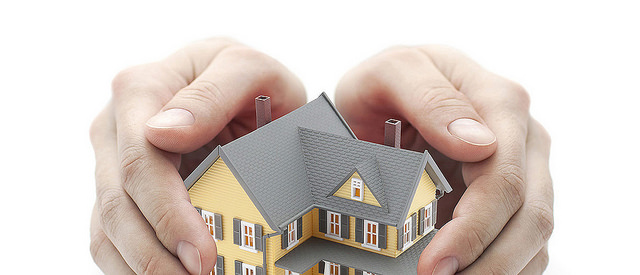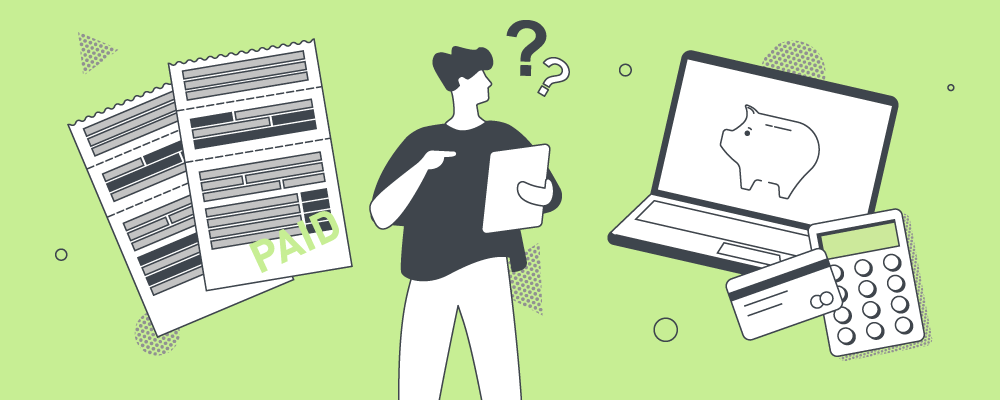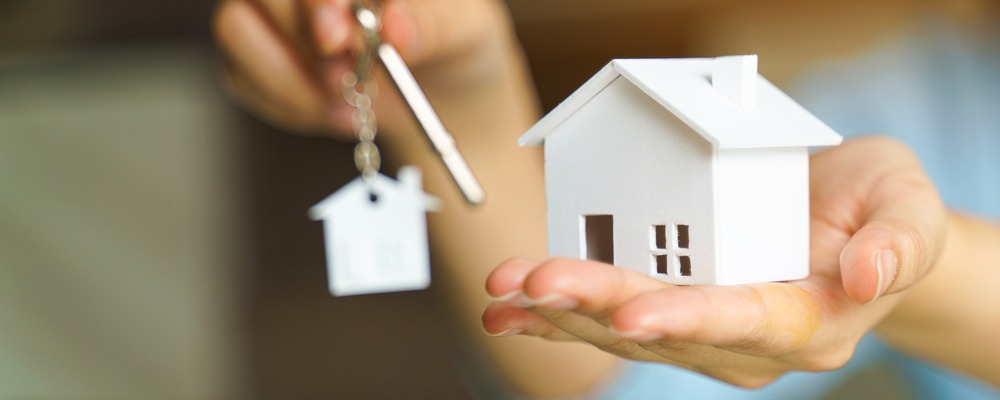
In instances where you are in need of a cash-boost, a secured loan allows you to borrow a lump sum of money against the value of your home. Also, when you first buy a new home, the mortgage you take out is a secured loan as it’s done against the value of the property.
But how do you know if a secured loan is the right option for you? What alternatives are out there? Here’s our guide to secured loans.
What is a secured loan, exactly?
When you borrow money as a secured loan, your bank or lender has the added reassurance that, if you can’t make the repayments, they could recover the debt through the value of your home – and ultimately, should they want to, they could repossess your home.
There are different forms of secured loans. A mortgage is a secured loan, but is termed a first-charge secured loan, meaning it’s the first time you’ve borrowed against the value of your home. You need to do this to be able to buy the property with a mortgage in the first place.

A standalone secured loan is where you obtain a completely new loan and secure it against the value of your home from a different lender. A secured loan could also refer to securing further advances from your existing mortgage lender, termed a second charge.
As it’s such a big commitment, it’s worth taking your time before deciding whether you need or want a secured loan.


Who should consider a secured loan?
For most people requiring a cash boost, an unsecured loan will be the best option, but there are some circumstances where you may think about a secured loan instead.
A secured loan could be a viable alternative to an unsecured loan if:

● You are tied in with your current lender. Or have a great mortgage rate you don’t want to disturb
● You have a poor credit rating. Often this means that no-one will lend to you, or any offers you do have come with a very high rate. A secured loan may be an easier option to obtain
● You need a bigger loan. Unsecured loans are generally of a lower value than their secure counterparts, so the more money you need, the more likely it is you’ll opt for a secured loan
● You want to minimise monthly payments. Although secured loans run over a longer period and so will cost more in the long-run, they may make the monthly payments more manageable.

Before you take the plunge with a secured loan, make sure you:
● Check your credit rating and see where it can be improved. If you can boost your rating, it could put you in a position to take an unsecured loan instead
● See where you can save within your personal budget. You might not need to borrow as much as you first thought
● Find out how much equity is in your home. The more equity you have, the better your rate could be

What are the alternatives?
Before you opt for a secured loan, think about all the options available. If you are able to take out an unsecured loan rather than a standalone secured loan or a second charge secured loan, then this may represent a better option. You may wish to use a credit card, but this wouldn’t be a suitable option for large borrowing.
If you do choose a secured loan, make sure you shop around using comparison sites. It's also worth talking to your mortgage company, who may offer special rates for second charge loans.

This guide to saving for a mortgage was produced in collaboration with L&C, the UK’s leading fee-free mortgage experts.


